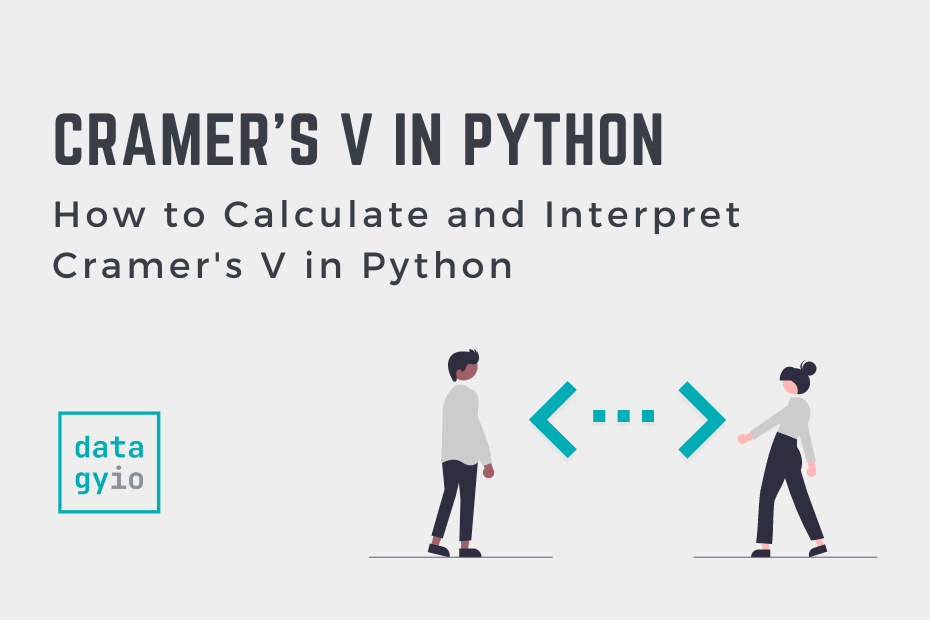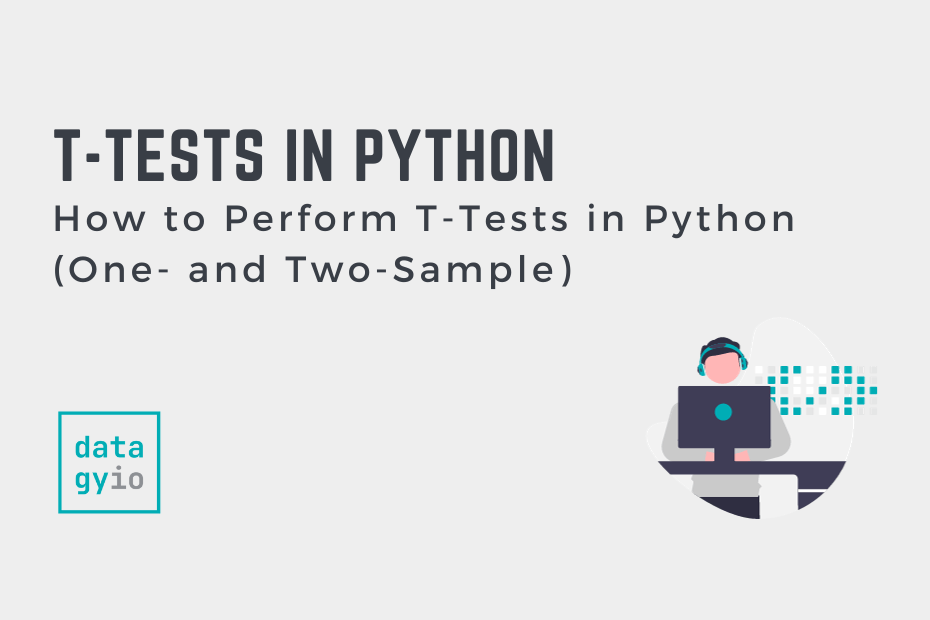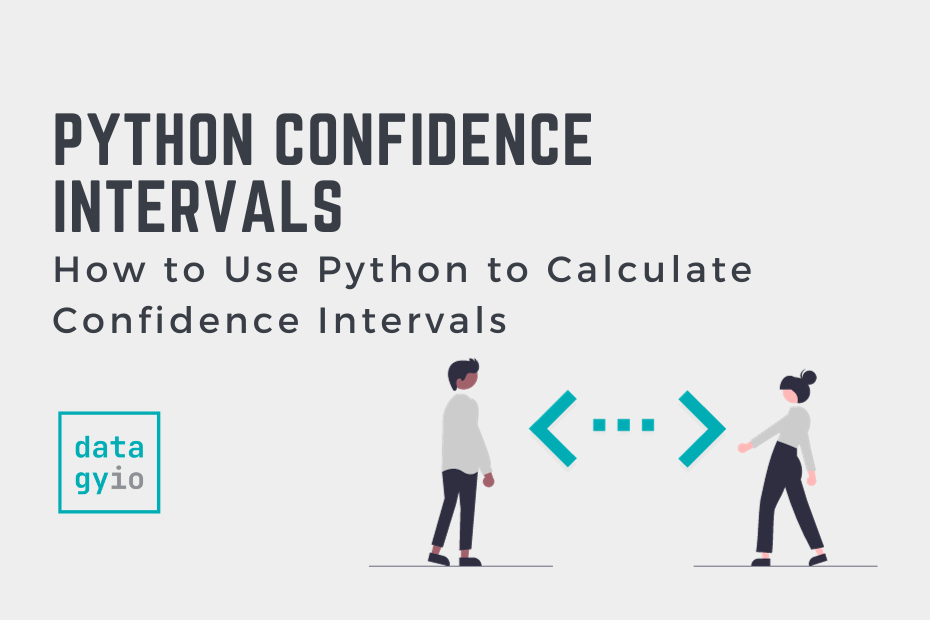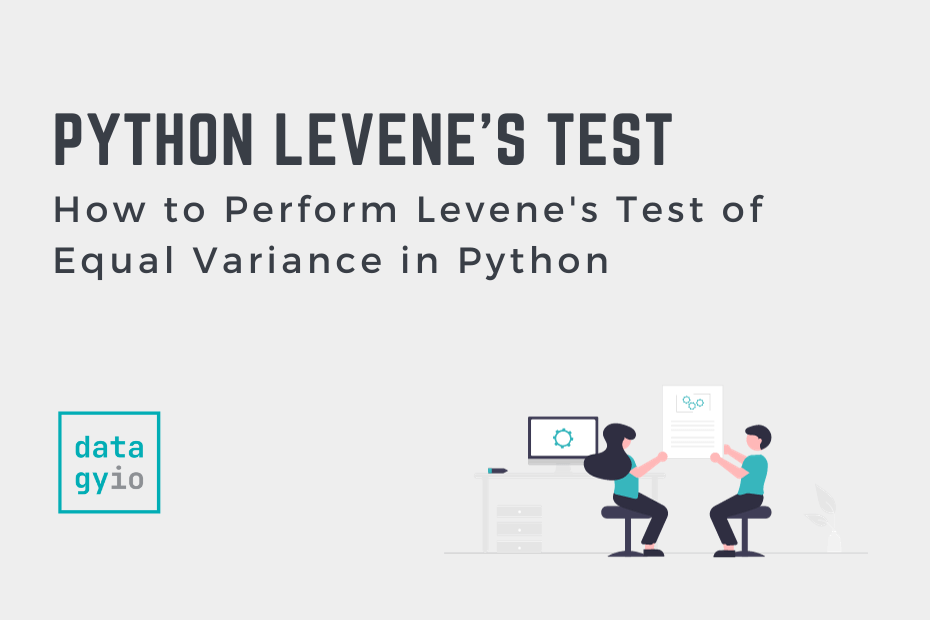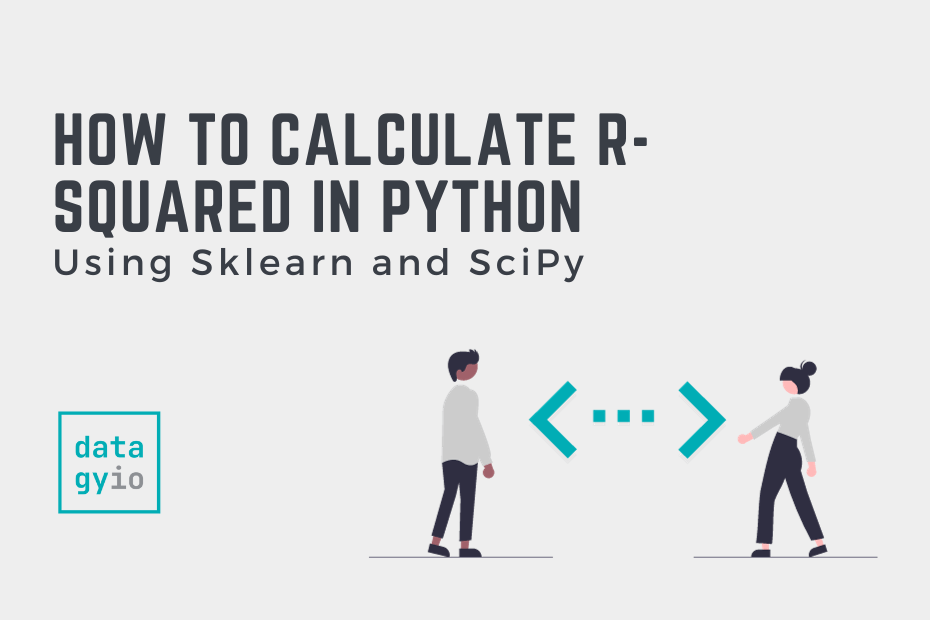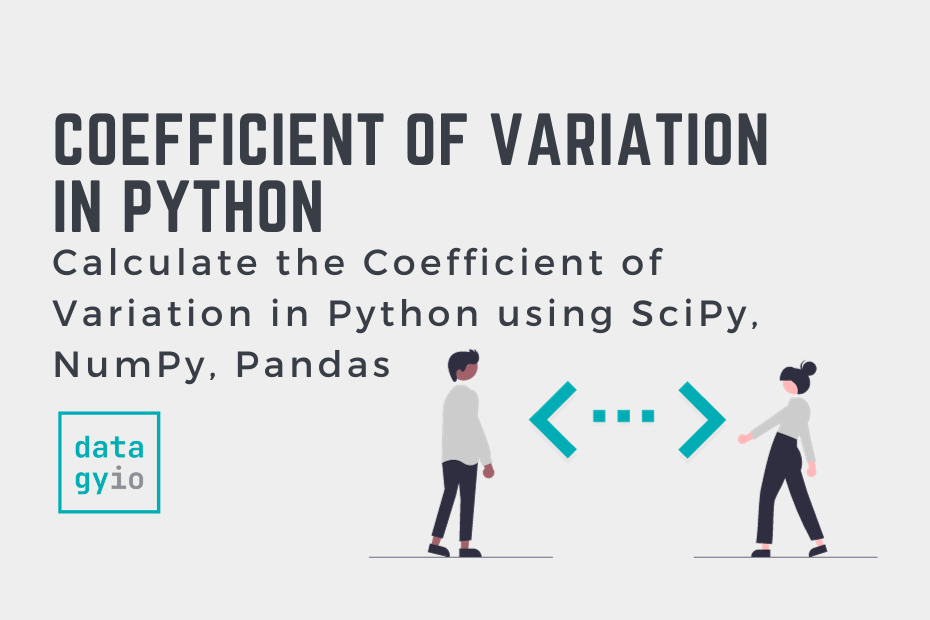How to Calculate and Interpret Cramer’s V in Python
Cramer’s V is used to measure the strength of association between two nominal (or categorical) variables. It’s often used in conjunction with the chi-square test of independence, which is used to determine whether or not two variables are independent of one another. By the end of this tutorial, you’ll have learned the following: What is […]
How to Calculate and Interpret Cramer’s V in Python Read More »

